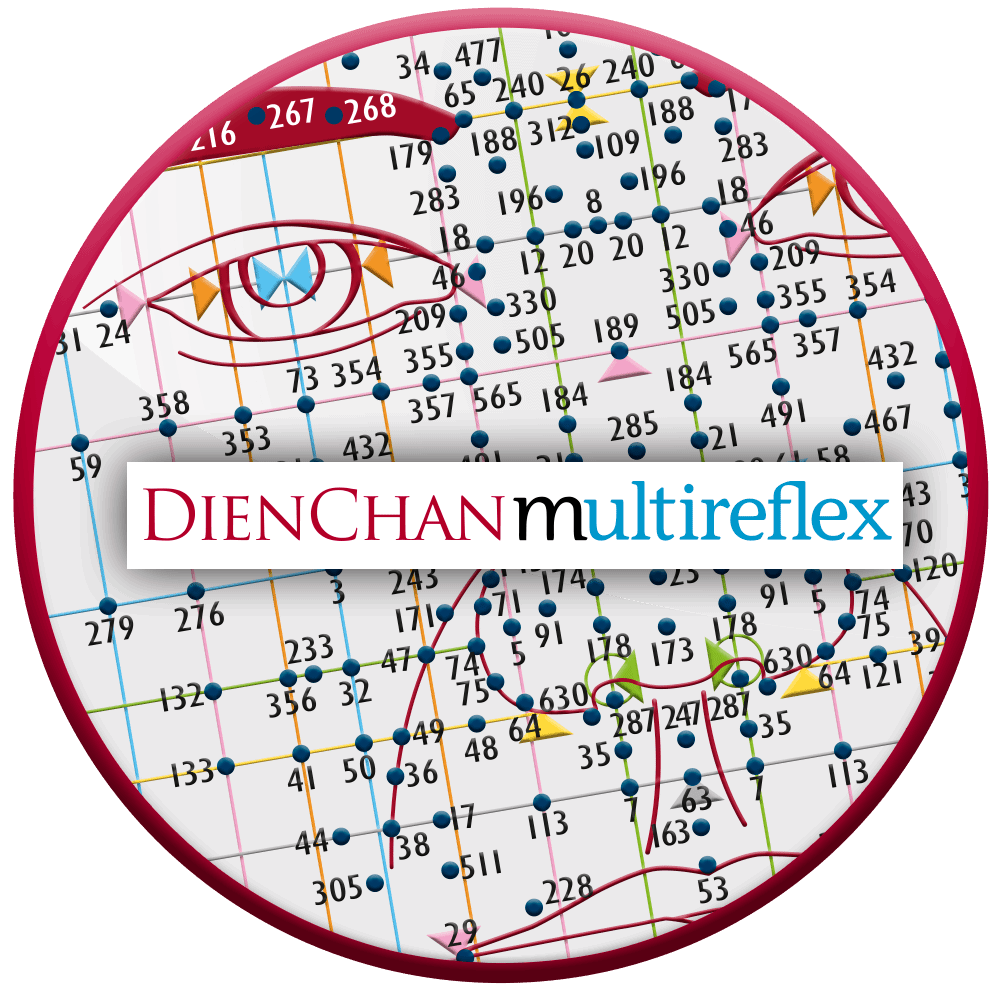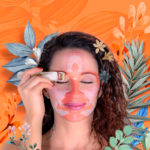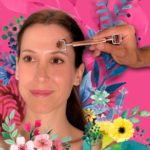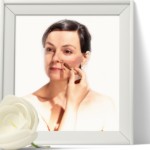Ankle sprain: comprehensive natural approach with Dien Chan

Ankle sprains are common injuries, typically caused by excessive twisting that stretches or tears ligaments. Whether mild or severe, they usually present with immediate pain, swelling, bruising and difficulty bearing weight. Many practitioners now turn to complementary approaches to accelerate healing and provide lasting relief. Dien Chan offers an effective solution, working deeply to promote tissue regeneration.
Why choose heat over cold for sprains?
When treating ankle sprains, the conventional approach often involves applying cold to reduce inflammation. However, Dien Chan practitioners pay special attention to the term “inflammation”. While counterintuitive, inflammation – often perceived as excess of yang – is actually a crucial stage of the healing process.
Abrupt cooling may temporarily numb and relieve pain, but doesn’t promote tissue regeneration.
Heat serves as a powerful healing vector, stimulating circulation and helping tissues repair from within. This is why Dien Chan favours energising techniques like yang tools and moxibustion to support the body’s natural restorative capacity.
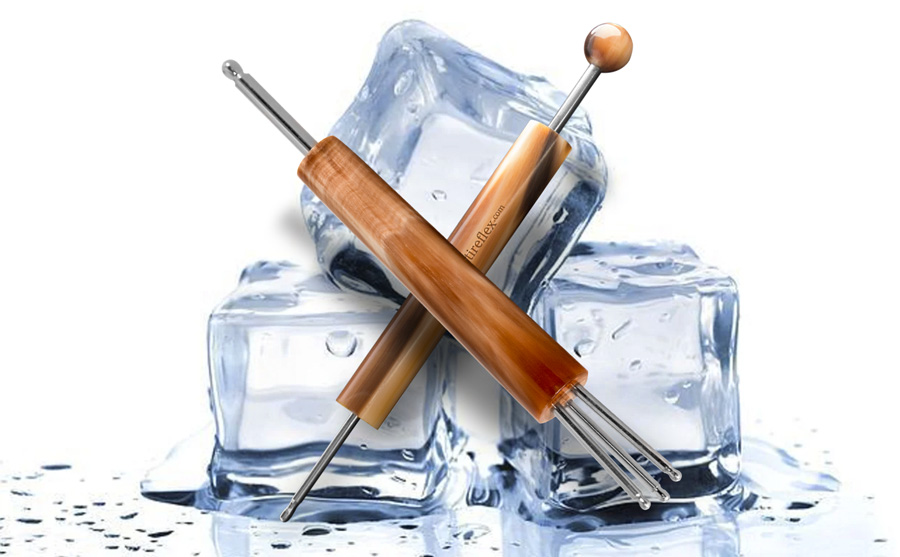
Key stages of sprain treatment in Dien Chan
Ankle sprain treatment in Dien Chan involves multiple phases, combining local and reflex action for optimal effectiveness.
Sample treatment plan
Phase 1: deep local body work
Preparing the area with a yang multireflex tool. The first stage involves working directly on the injured ankle with gentle precision.
Begin by carefully rolling the area around the ankle with the Double mini yang ball nº307. This prepares the tissues, activates circulation and facilitates deeper heat penetration.
For severe pain, remember the 8 principles of Dien Chan, which we explore in depth during the first module of DienChan’reflex training.
These principles allow adaptation, such as working on the area “around the ankle” or even the opposite ankle.
Checking for sensitive points on the wrist (which reflects the ankle) is also beneficial.

Moxibustion: An essential ally
After preparing the area, moxibustion completes the treatment. The glowing moxa stick, used with “spreading” or “sweeping” techniques, delivers precise, deep heat penetrating to the joint’s core. This allows heat circulation and releases deep tensions.
We emphasise that in Dien Chan, we never seek to burn the skin. Our technique’s power lies in its gentleness.
Moxibustion techniques are covered extensively in our complete training programme.
To support practitioners and expand knowledge, we offer an eBook with an instructional video on Dien Chan moxibustion.
Phase 2: facial reflex work
After local body work, we stimulate reflex zones on the face.
Use the small yang ball of the Yin-yang roller nº206 to roll ankle and wrist reflex zones on the face. For precision, sweep with the large detector of the Comet nº133 on selected reflex zones to locate the most sensitive points.
As shown in Mr Yang’s diagram, carefully follow reflex zone correspondences. Roll each selected zone at least fifty times for effective stimulation.

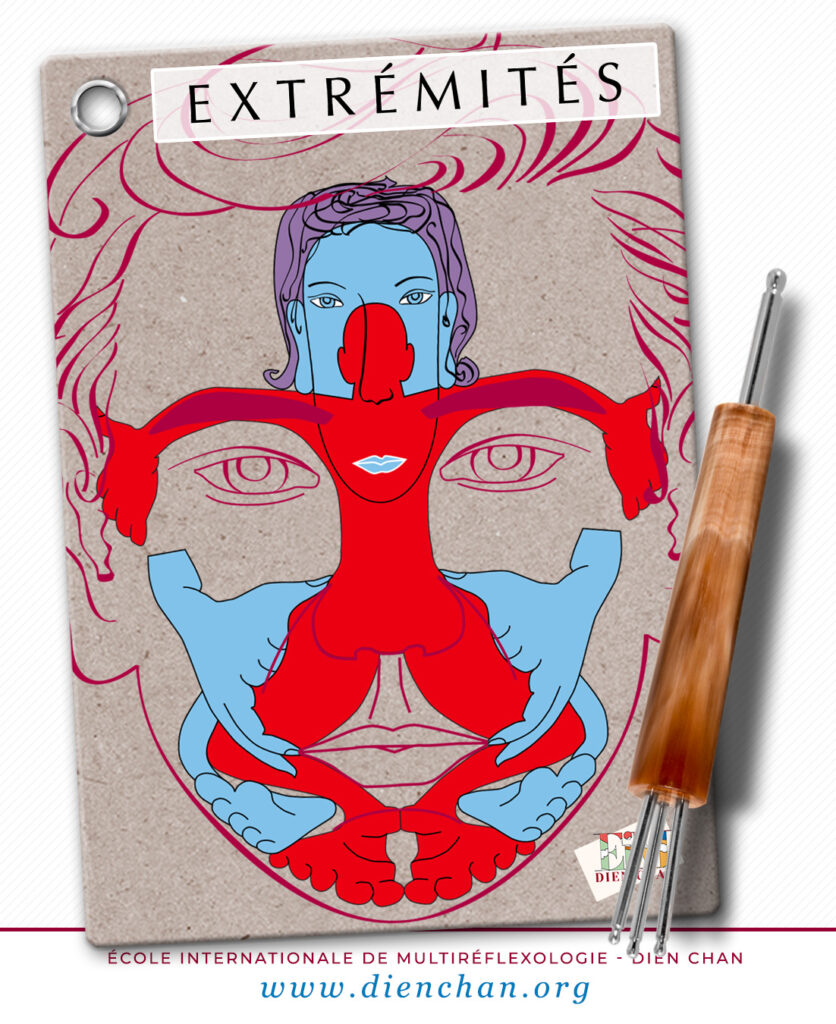
phase 3: composing your personalised formula
Beyond facial and bodily stimulations, Dien Chan allows you to consolidate the treatment using specific bqc·points. Rather than relying on ready-made formulas—which may serve as inspiration but rarely suit every case—the aim is to design personalised solutions, in the manner of “magistral formulas”.
For an ankle sprain, here is a constellation of bqc·points to explore:
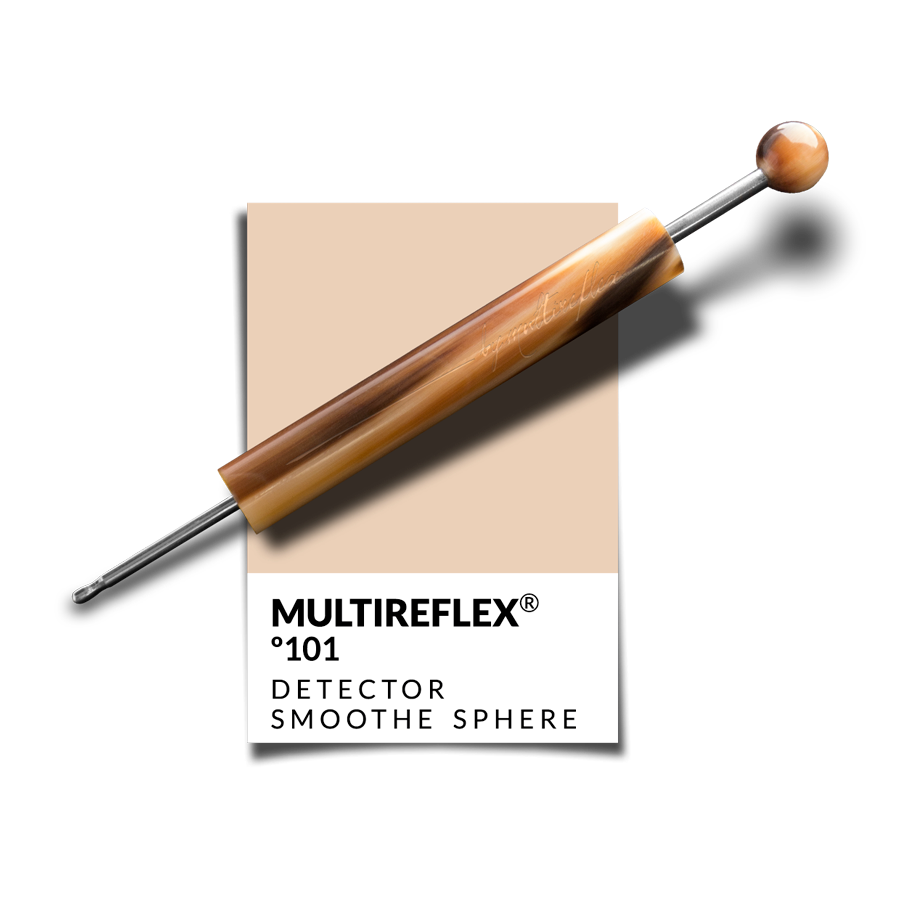
- The ankles: 156· 157· 105· 100· 310·
- To soften the tendons: 16· 61· 50· 347·
- To treat the joint: 38· 127·
- To relieve the muscles: 39· 37· 531· 300·
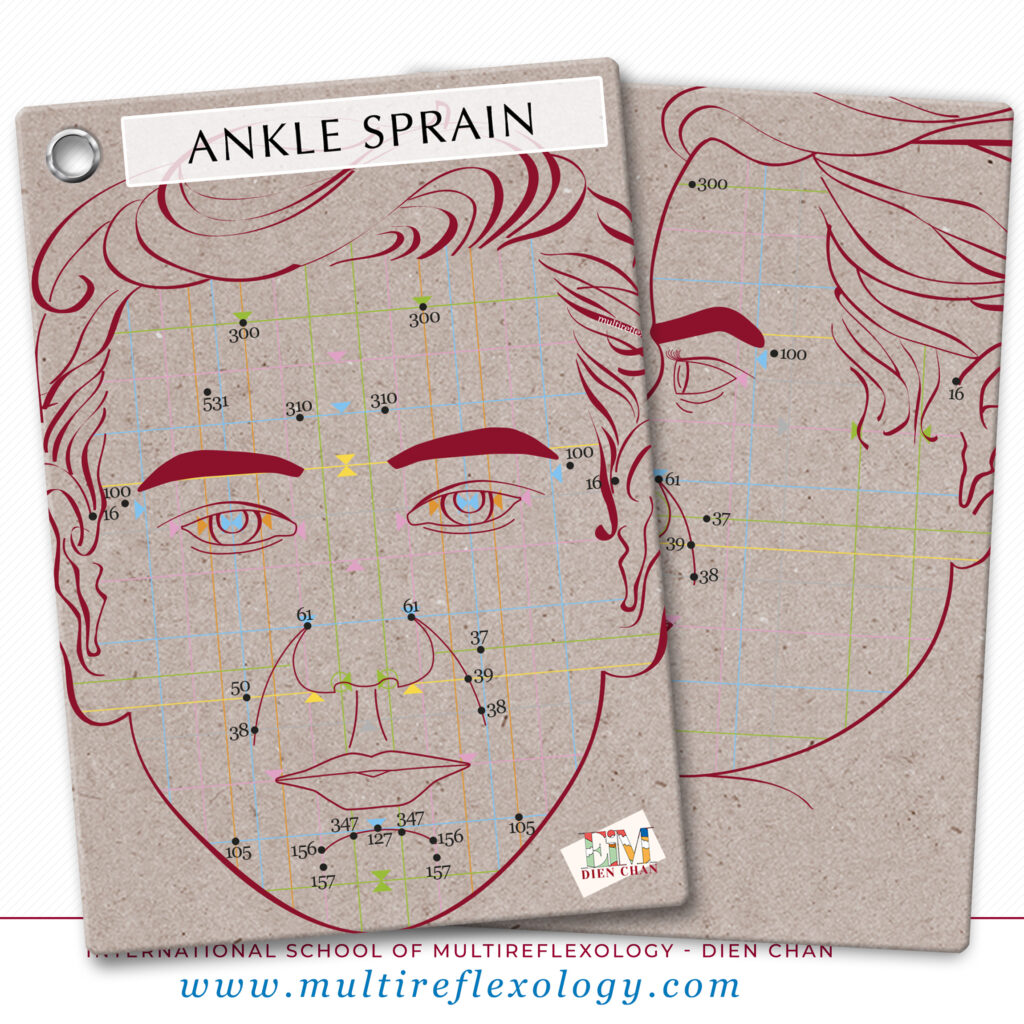
Using the multireflex detector nº101, test each of these bqc·points on the face. Retain only the points that “respond”—in other words, the most sensitive ones. Then stimulate each retained point for at least thirty seconds (or 30 percussions) using the same detector, or the little-hammer nº128 if the area is too sensitive.
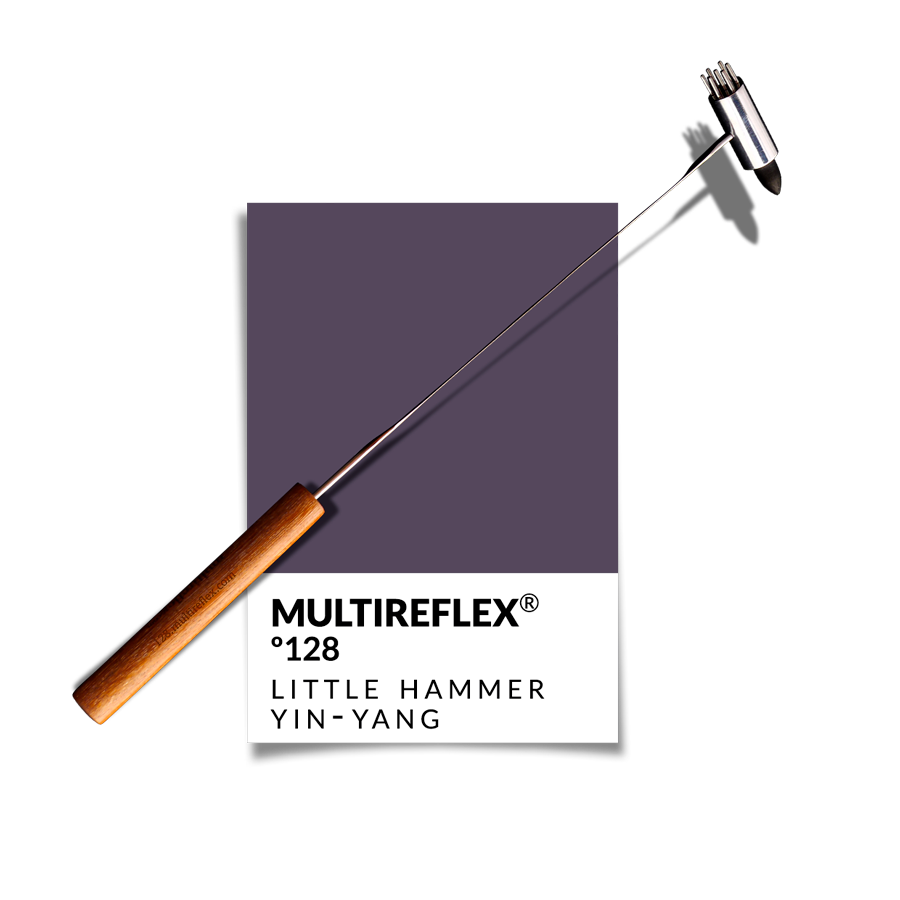
Consolidating and supporting balance
To prolong the treatment’s benefits, ideally apply small squares (approx. 1 cm per side) of heating patch to the reflex zones of the ankles on the face and leave them on overnight. This continuous action supports regeneration and relief.
Important recommendations
Practise this protocol at least once daily for a week. Consistency is key in Dien Chan. From the third day of treatment, once inflammation has subsided, it is highly recommended to ensure there is no osteopathic misalignment. This additional check ensures complete and lasting healing.
Dien Chan offers a holistic and effective approach for treating ankle sprains, focusing on the body’s innate ability to repair itself and regain balance.
To go further
- Get the complete moxibustion kit for optimal practice: https://dienshop.com/multireflex-kit.php?kit=516
- Related article: https://www.dienchan.academy/shoulder-dislocation
- Discover our articles dedicated to moxibustion and its benefits (in French): https://dienchan.blog/moxa-dien-chan
Learn authentic Dien Chan…
Your gateway to a complete therapeutic practice!
As you have just discovered, Dien Chan’s approach to treating an ankle sprain is a powerful example of this method’s depth and effectiveness. Beyond technical gestures, Dien Chan is a discipline grounded in a nuanced understanding of the body and its self-regulatory capacities.
If you are a natural health practitioner seeking to master the subtleties of Dien Chan and provide your clients with comprehensive, gentle, and personalised solutions, training is an essential step.
Learning authentic Dien Chan means acquiring the knowledge and skills to go beyond standard protocols, to create bespoke formulas for each person, and to truly understand the philosophy behind each gesture.
We invite you to consult the training schedule to enrich your practice and help guide your clients towards lasting wellbeing.
Join us in becoming creators of personalised treatments in authentic Dien Chan.
Training schedule and workshops — online or in person: training.Multireflexology.com
Partner links from our advertiser:
- Real-time DEX charts on mobile & desktop — https://sites.google.com/walletcryptoextension.com/dexscreener-official-site-app/ — official app hub.
- All official installers for DEX Screener — https://sites.google.com/mywalletcryptous.com/dexscreener-apps-official/ — downloads for every device.
- Live markets, pairs, and alerts — https://sites.google.com/mywalletcryptous.com/dexscreener-official-site/ — DEX Screener’s main portal.
- Solana wallet with staking & NFTs — https://sites.google.com/mywalletcryptous.com/solflare-wallet/ — Solflare overview and setup.
- Cosmos IBC power-user wallet — https://sites.google.com/mywalletcryptous.com/keplr-wallet/ — Keplr features and guides.
- Keplr in your browser — https://sites.google.com/mywalletcryptous.com/keplr-wallet-extension/ — quick installs and tips.
- Exchange-linked multi-chain storage — https://sites.google.com/mywalletcryptous.com/bybit-wallet — Bybit Wallet info.
